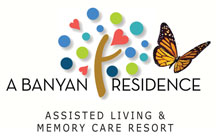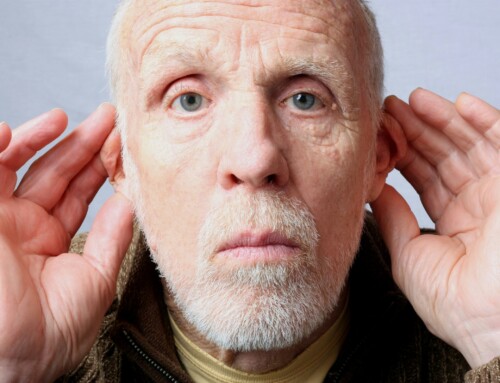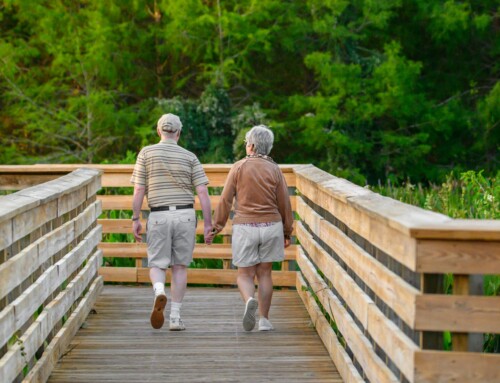Everyone knows what stretching is in a general sense, but fewer know how powerful stretching can be as a tool to prevent injuries, rejuvenate the body, and assist with feeling energized to take on the day. Seniors may have a harder time stretching than young folk, but they shouldn’t completely write off the practice without looking into ways to safely integrate it into their routine. Let’s take a closer look at the benefits of stretching and what simple techniques you can make use of as you prepare in the morning.

What is Stretching, and Why Does It Work?
Stretching involves elongating the muscle fibers to increase their flexibility and strength. Over time, this process helps maintain joint health by allowing a greater range of motion and reducing the risk of injuries. Our muscles naturally lose elasticity as we age, leading to stiffness and decreased mobility. Regular stretching can counteract these effects by keeping muscles elongated and supple. While not guaranteed, stretching can provide some relief for chronic pain conditions by improving muscle elasticity and joint flexibility.
In addition to this wide variety of physical benefits, stretching has also been shown to positively impact mental health. Stretching exercises promote relaxation and stress relief while simultaneously providing tangible benefits, a win-win. For many seniors, it also just feels nice to stretch; the feeling of being refreshed and ready to take on the day is enough for some to commit to daily stretches before heading out the door.
Regardless of age, stretching is also recommended before strenuous activity to prevent injuries and worsening of any existing conditions. If you have taken up a hobby in retirement, like powerwalking or swimming, make sure to research specific stretches for those activities before getting started.
Practical Stretching Options for Seniors
Stretching exercises for seniors should be simple and adaptable to varying mobility levels. Here are three excellent stretches that you can easily incorporate into a daily routine:
Neck Stretch: Sit or stand comfortably, and gently tilt your head toward one shoulder for roughly 10-15 seconds. Repeat on the other side. This stretch helps alleviate neck tension and improves flexibility.
Seated Forward Bend: While sitting on the edge of a chair, firmly plant your feet and lean forward in an attempt to reach them. Hold for 15-30 seconds, returning to your default position in a controlled manner. This stretch targets muscles in your lower back and upper legs.
Ankle Circles: While seated, lift one foot off the ground and move it gently around in a circle. Do this in each direction for 10-15 seconds and then switch to the other foot. This stretch helps improve ankle mobility and circulation.
If one of these exercises is too much, you can adjust them by reducing the time or range of motion each time you stretch. For example, if you can’t reach your toes, bend as much as safely possible before pain manifests.
Anytime you start a new exercise routine, gradually introduce it to your life to avoid overexertion or injury. Seniors should talk to their primary care doctor before beginning a stretching regimen to ensure the exercises are safe and suitable for their health conditions.
Staff members can provide valuable support for seniors looking to improve their health in an assisted living facility. They can help demonstrate proper stretching techniques, monitor progress, and adjust the routine as needed. In fact, you can often find groups of like-minded seniors who will join in your new health-conscious hobby.
A Banyan Residence is an assisted living and memory care facility dedicated to providing residents with a safe and fulfilling place to live as they age. Contact us today to schedule a tour of our facility and see what we have to offer.






